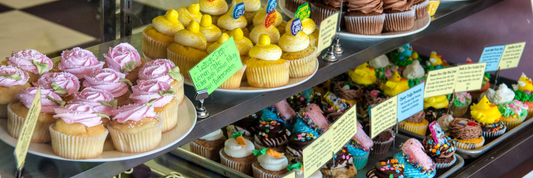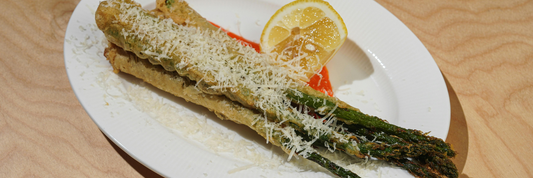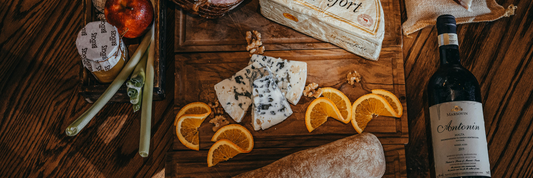Do teabags have microplastics? The answer may shock you.
As you sip your favorite cup of tea, you might be unaware of the hidden dangers lurking in those convenient tea bags. Recent studies have revealed that many tea bags contain microplastics, raising serious concerns about their impact on our health and the environment.
-
Plastic Break Down and Fragmentation and Its Impact
-
Are all biodegradable bags actually compostable?
What are microplastics and why should we care?

Microplastics are tiny plastic particles less than 5mm in size, originating from various sources. They can be categorized into two types: primary microplastics, which are manufactured at that size (like microbeads in cosmetics), and secondary microplastics, which result from the breakdown of larger plastic items.
The long-term environmental and health risks associated with microplastics are alarming. They can accumulate in ecosystems, affecting wildlife and potentially entering the food chain. As awareness grows, microplastic contamination in everyday products, including tea bags, is becoming a global concern.
Do tea bags contain microplastics?
Do teabags have microplastics? → Yes, and in staggering numbers.
Recent studies, including those from McGill University and published in Chemosphere in 2024, found that a single tea bag can release over 11 billion micro/nanoplastics into your cup. The materials commonly used in tea bags, such as nylon, polypropylene (PP), and heat-sealed cellulose, contribute to this alarming statistic.
When hot water is poured over these bags, combined with agitation from steeping, a massive release of microplastics occurs, contaminating the tea you drink.

Potential health impacts of tea bags with microplastics
Microplastics can penetrate cells, organs, and digestive systems, posing various health risks. Research suggests that exposure to microplastics may lead to inflammation, DNA damage, and hormonal disruption.
Currently, there is no clear safety threshold defined by health authorities regarding microplastic consumption, leaving many questions unanswered about the long-term effects on human health.
Why you should avoid plastic tea bags

Key reasons to avoid tea bags made from plastic
Many tea bags are made from materials like polypropylene, nylon, or PLA (bioplastics that are not fully biodegradable). These bags are often sealed with glue or heat, which can also release microplastics into your tea.
When are tea bags considered safe?
Microplastic-free tea bags are available, and identifying them is crucial for your health. Look for options made from unbleached, plastic-free paper or hemp filter bags, which do not pose the same risks as their plastic counterparts.
Safe and sustainable alternatives

Switching to loose leaf tea is one of the best ways to avoid microplastics. Using stainless steel or glass infusers can enhance your tea experience while keeping it free from plastic contamination.
If you prefer tea bags, seek out brands that prioritize microplastic-free options. Notable brands like Numi, Pukka, and Stash offer tea bags made from hemp fiber or pure cellulose paper, ensuring a safer choice for your health.
The role of green packaging & your contribution
As a sustainable packaging provider, it is essential to offer plastic-free solutions. Tea brands must shift to non-plastic tea packaging to protect consumer health and the environment.
This transition benefits everyone: healthier consumers lead to greener branding and long-term trust in the market.
Take action for your health and the planet

To protect yourself and the environment, read labels carefully and avoid tea bags with plastic components. Reuse glass containers and reduce your daily plastic usage.
Sharing this knowledge with friends and family can help promote a cleaner, greener lifestyle.
Conclusion
Microplastic tea bags have no place in a healthy lifestyle. Make informed choices and switch to microplastic-free tea bags now to ensure a safer, more enjoyable tea experience.




